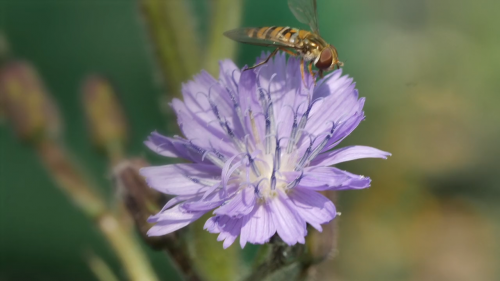
Our natural environment is facing threats from a range of environmental drivers, including climate change, invasive non-native species, novel pests and diseases, over-exploitation, and pollution. It is difficult to predict exactly how nature will respond to these drivers and to tailor management solutions precisely to each threat. An alternative approach is to try to understand what makes species and ecosystems generally more resilient, and to develop management plans which aim to enhance resilience. Here we explain how we have been working along this pathway from trying to understand the underlying processes and properties that make ecosystems resilient, to exploring how this knowledge might be implemented in site management planning to help increase the resilience of our natural heritage, helping conserve nature despite the rapidly-changing environment in which we are currently living.
Stage
Work in ProgressDirectory of Expertise
Purpose
The global loss of species and habitats has generated widespread interest in biodiversity’s role in delivering ecosystem functions (the processes operating within ecosystems, such as soil decomposition or plant productivity, that underpin many of the benefits and services we obtain from the natural environment).
Biodiversity-ecosystem function relationships are generally positive, meaning that biodiversity loss will often lead to reductions in ecosystem functions (particularly in the absence of intensive management), leading to concerns about - for example - the sustainability of current agricultural practices.
A major concern is that loss of biodiversity is leading to reduced resilience of natural systems. Biodiverse ecosystems are thought to provide a “safety net”: if you have more diversity there’s more chance that a particular breed of animal or cultivar of plant, or a particular habitat within a landscape, will be able to withstand potentially adverse environmental pressures, such as climate change or pollution.
There is also considerable concern that biodiversity-function relationships might contain step-changes so that a threshold is reached where a small loss of biodiversity leads to a sudden drop in the functioning and resilience of the system.
But one of the problems with discussions concerning ecosystem resilience has been the multiple different understandings of the concept. This means that it can be hard to see how to apply resilience thinking to the practical management of species and habitats.
Our work addresses this challenge. Our first step was to review the existing literature on resilience thinking and to consider how this can be applied to natural ecosystems. This provided context for our second step: discussions with stakeholders about resilience thinking and its integration into adaptive management for the natural environment. Our third ongoing step is to support the development of adaptive management approaches which take resilience thinking from the hypothetical to the site-specific level.
Results
We first produced a research summary considering the application of resilience concepts to the management of biodiversity and ecosystems. This set out for scientist and stakeholders:
-
An assessment of the multiple ways in which resilience is applied;
-
A critique of concepts of resilience;
-
A definition of resilience for application to biodiversity and ecosystems, to help with developing a shared understanding of the basic concept and reconciling contrasting views;
-
The identification of a preferred approach to assess resilience;
-
A framework for future work that identifies knowledge gaps in the resilience of Scottish biodiversity and ecosystems. These include, for example, the need to identify groups of generic species or habitat characteristics that indicate resilience, and to explore the use of “keystone” species as a focus for resilience management.
This Research Summary was then fed into a workshop on “The Application of Resilience to Conservation of the Natural Environment” (Edinburgh, October 2017) which involved input from a wide range of stakeholders including Scottish Natural Heritage, Scottish Environment Protection Agency Joint Nature Conservation Committee, The Woodland trust, Forest Research, Forestry Commission, RSPB and the Scottish Wildlife Trust.
The workshop considered frameworks for managing environmental resilience, reviewed recent work on contingency planning and resilience, and identified knowledge gaps and needs for future research.
The outcomes of the workshop were summarized in a short report, with points of general agreement including that:
-
It is easier to think about contingency planning than managing for resilience;
-
There is a need to move away from thinking about thresholds and tipping points;
-
There is a need to move towards learning by doing and action on the ground.
This desire to move towards learning by doing drives our current activities, specifically supporting the development by Scottish Natural Heritage of an approach for Site Level Resilience Planning.
Benefits
This work has helped to deliver a number of benefits. By reviewing the way in which resilience concepts are used in discussions about the natural environment, we have helped to deliver a clearer shared understanding between a range of stakeholders. Rather than continuing to define what resilience is, this helps to promote a focus on when and how we can manage for resilience. The information we have provided on these issues has been made publicly available (see links to reports, below).
We have also helped to move the discussion on from concerns about tipping points and thresholds to focusing on the current more tractable issue of resilience planning, and how this can be implemented at a site level, for example at a particular Site of Special Scientific Interest or National Nature Reserve. In the longer term this will – hopefully – lead to adaptive management approaches which can be used at any location to undertake a site level resilience ‘health check’ and promote the factoring in of resilience thinking to site level conservation planning.